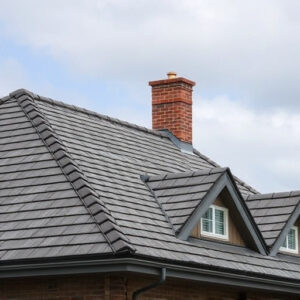Polycarbonate roofs have gained popularity for their clear advantages: superior insulation, impact resistance over glass, and adaptable design. However, they are susceptible to cracks, chips, and water penetration if not maintained properly. Steeline certified teams offer swift and reliable repairs by addressing issues from minor damage to severe weather-related problems. Their efficient process involves assessment, precise replacements, sealing, and final inspection. Regular cleaning, annual inspections, and proper sealing extend the lifespan of polycarbonate roofs, maintaining their structural integrity and clarity.
Polycarbonate roofs have become a popular choice for modern architecture due to their durability, light transmission properties, and energy efficiency. However, like any roofing material, they are susceptible to damage from weather events, accidental impacts, or age-related wear. Steeline certified teams offer quick and efficient polycarbonate roof repairs, ensuring your home or building remains protected. This article delves into the world of polycarbonate roofs, common issues, the benefits of professional repair services, and maintenance tips for a lasting solution.
- Understanding Polycarbonate Roofs: Materials and Benefits
- Common Issues and Problems with Polycarbonate Roofing
- The Role of Steeline Certified Teams in Quick Repairs
- Step-by-Step Guide to Efficient Polycarbonate Roof Repair Process
- Tips for Maintaining Your Polycarbonate Roof After the Repair
Understanding Polycarbonate Roofs: Materials and Benefits
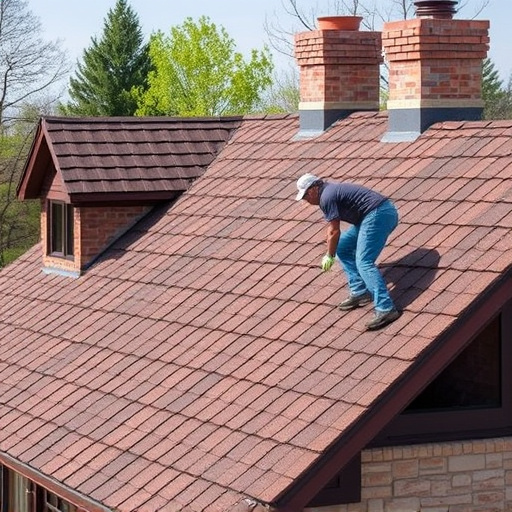
Polycarbonate roofs have gained significant popularity due to their unique properties and benefits, making them a preferred choice for many modern structures. Polycarbonate is a type of plastic known for its exceptional clarity, durability, and lightweight design. This material is commonly used in roofing systems because it offers excellent insulation, allowing buildings to maintain optimal temperatures year-round. Unlike traditional glass, polycarbonate is impact-resistant, providing enhanced security and safety.
The versatility of polycarbonate roofs is another significant advantage. They can be installed in various styles and designs, catering to different architectural needs. Whether a building requires a sleek, modern look or a more traditional aesthetic, polycarbonate can be tailored to fit. Moreover, these roofs are cost-effective, offering long-term savings on energy bills due to their efficient insulation properties.
Common Issues and Problems with Polycarbonate Roofing
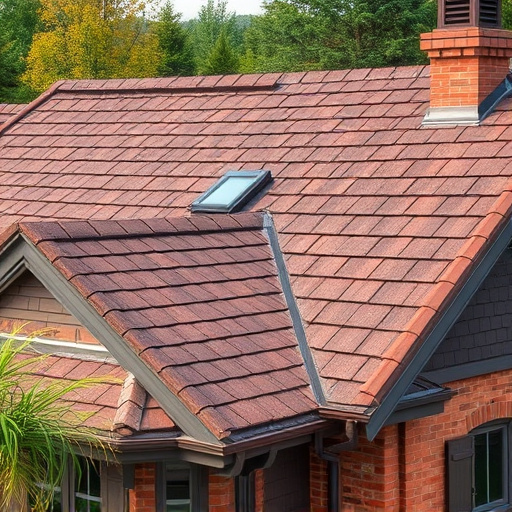
Polycarbonate roofs, while known for their durability and light-weight properties, are not immune to issues. Common problems include cracks or chips in the polycarbonate panels, which can be caused by sudden temperature changes, impact from debris, or age-related degradation. These breaks not only affect the aesthetic appeal but also allow water penetration, leading to potential leaks and structural damage beneath. Another frequent issue is seal failure at joints or edges, allowing moisture and elements to compromise the roof’s integrity over time.
Poor installation practices can also contribute to long-term problems, such as improper flashing, inadequate fastening, or incorrect panel alignment. These errors create weak points in the roof system, making it susceptible to damage from wind, storms, or extreme weather conditions. Regular maintenance and prompt repair of any identified issues are essential to ensure the longevity and functionality of polycarbonate roofs.
The Role of Steeline Certified Teams in Quick Repairs
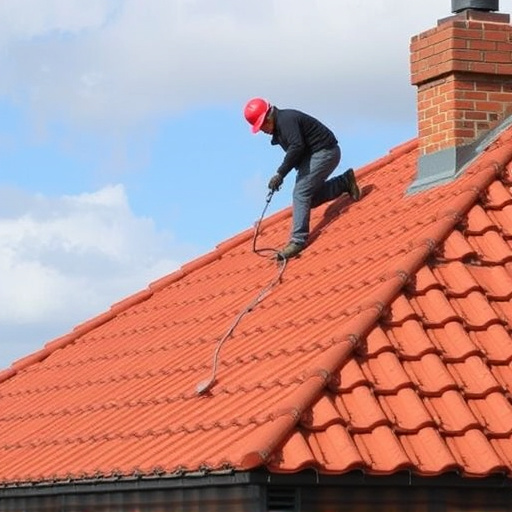
Steeline certified teams play a pivotal role in ensuring swift and effective repairs for polycarbonate roofs. With their specialized training and expertise, these teams are equipped to handle a range of common issues that may arise with this type of roofing material. From small cracks and chips to more extensive damage caused by weather events, the certified professionals can offer efficient solutions.
Their quick response times and comprehensive knowledge of polycarbonate roof systems mean that they can often complete repairs in less time than non-certified contractors. This not only saves property owners valuable time but also helps to prevent further damage and costly replacements. Steeline’s commitment to certifying their teams ensures a consistent level of quality and expertise, making them a trusted choice for quick and reliable polycarbonate roof repairs.
Step-by-Step Guide to Efficient Polycarbonate Roof Repair Process
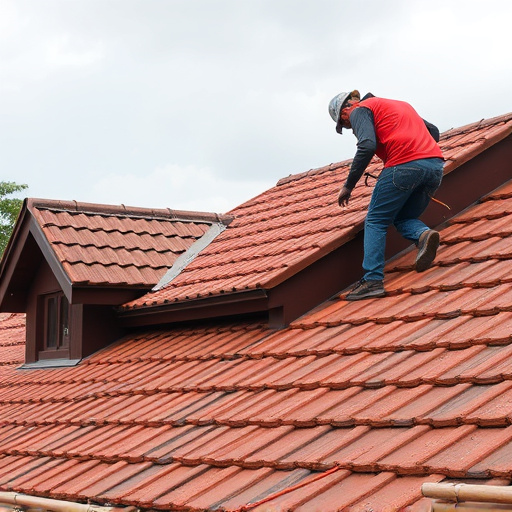
When a polycarbonate roof requires repair, it’s crucial to have a swift and efficient process in place. Steeline certified teams understand this urgency and offer a straightforward, step-by-step guide for quick and effective polycarbonate roof repairs.
1. Assess the Damage: The first step involves meticulously inspecting the polycarbonate roof to identify the extent of the damage. This could range from small cracks to larger breaks or punctures. Certified teams use specialized tools to determine the exact location and type of repair needed, ensuring no further complications arise.
2. Gather Materials and Prepare: Once the damage is assessed, the team gathers all necessary materials, including replacement polycarbonate sheets, sealing compounds, and reinforcing hardware. They prepare the area by clearing debris, cleaning the damaged surface, and ensuring proper ventilation to facilitate the drying process of any adhesives or sealants used.
3. Replace Damaged Sections: For larger repairs, the team will carefully remove the damaged polycarbonate panels, taking precautions to avoid further harm. They then install replacement panels, ensuring they are aligned perfectly for a seamless finish. This step often involves precise cutting and fitting to match the original design.
4. Seal and Reinforce: After replacing or repairing sections, the certified team applies high-quality sealants to create an airtight barrier, protecting against water penetration. They may also reinforce the roof structure using appropriate hardware to enhance stability and durability.
5. Final Inspection: The final step involves a thorough inspection to ensure the repair is complete to industry standards. The team verifies the integrity of the sealants, checks for any leaks, and ensures the overall structural soundness of the polycarbonate roof.
Tips for Maintaining Your Polycarbonate Roof After the Repair
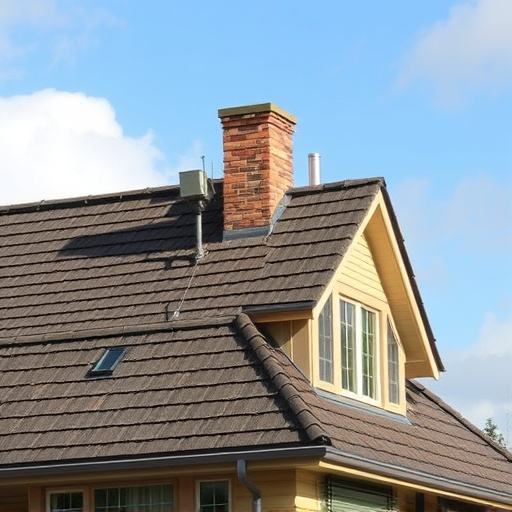
After a Steeline certified team has completed your polycarbonate roof repairs, maintaining its longevity and optimal performance is crucial. Regular cleaning is essential to prevent dirt and debris buildup, which can block light transmission and compromise the structure’s integrity. Use gentle cleaners and soft brushes or sponges to avoid damaging the panels. Additionally, inspect the roof for any signs of wear or damage at least twice a year, addressing issues promptly to prevent further complications.
Sealing is another vital maintenance step. Ensure all joints and edges are properly sealed to maintain the roof’s water-tightness and protect against elements that could weaken the structure over time. Regular sealing also helps preserve the polycarbonate’s clarity and aesthetic appeal. Remember, a well-maintained polycarbonate roof not only ensures optimal functionality but can extend its lifespan significantly.
Steeline certified teams offer a swift and efficient solution for quick polycarbonate roof repairs, addressing common issues like cracks, punctures, or storm damage. By following a standardized repair process and implementing proper maintenance tips, homeowners can extend the lifespan of their polycarbonate roofs, ensuring long-term protection and aesthetics. With Steeline’s expertise, restoring your polycarbonate roof to its original condition is faster and more reliable than ever before.
